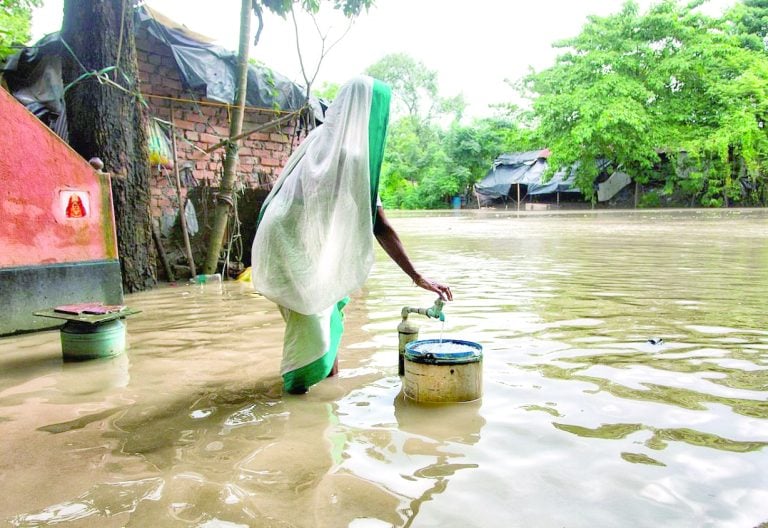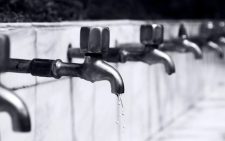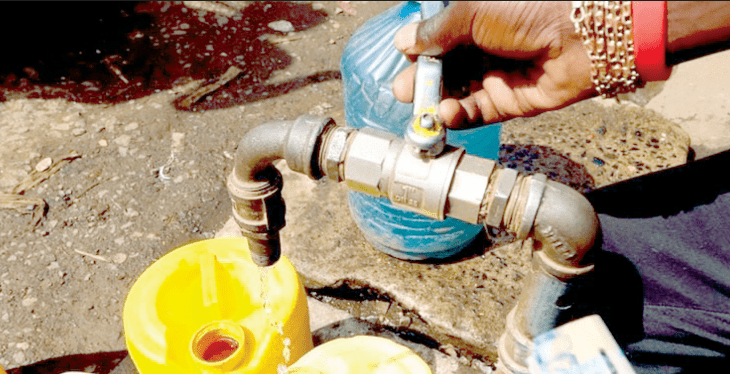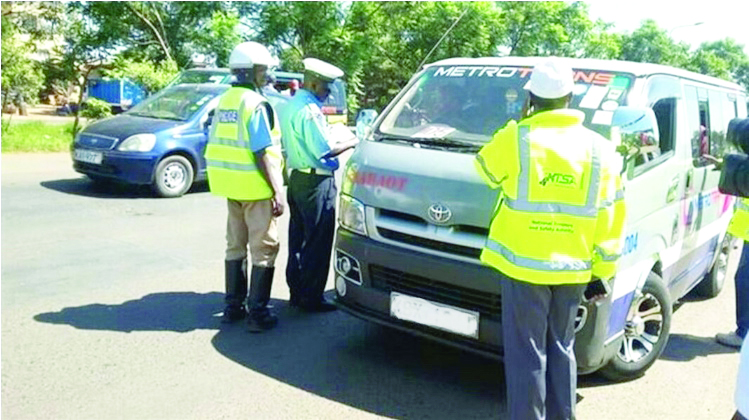Rethinking water security as pain of disasters, scarcity hit

Humanity is experiencing the most severe water crisis in history, characterised by both unprecedented disasters and scarcity. It is time to rethink water security in a water-insecure world.
Over the last 50 years, natural water storage has declined by 27 trillion cubic metres due to land degradation, groundwater depletion, and loss of wetlands. Experts say 83 per cent of freshwater species have disappeared since 1970, signalling a broader collapse of ecosystems that once sustained water resources.
Today, one in ten people live in countries facing severe water shortages; that’s 800 million people. By 2040, one in four children will experience these conditions. Extreme weather events are making water cycles more erratic. By 2050, nearly half of the world’s population could be affected by droughts, disrupting agriculture and livelihoods.
The statistics around freshwater speak for themselves: Over two billion people live without safely managed drinking water. Three in ten schools globally don’t have a basic water service.
At the current rate, the world won’t achieve sustainable water management until 2049.
Water scarcity, pollution and extreme weather events driven by climate change, population growth and industrial demand are pushing global water systems to critical levels. Building water resilience hinges on cross-sector partnerships, tailored financing and adopting innovative governance and policy frameworks.
Five essential strategies, namely, holistic water evaluation, fit-for-purpose financing, basin-level partnerships, adaptive governance and a policy-innovation nexus, can help ensure long-term water security.
Hydra-headed challenge
Globally, the water systems that sustain ecosystems, nourish communities and drive business and economic growth face unprecedented pressure.
As industries, governments and society confront the escalating impacts of water-related disruptions, the need for systemic, collaborative action and resilient systems has never been more, urgent, experts warn.
“Water’s multi-front challenge is that the problem is not just about “too little” water but also “too much” by way of extreme weather and flooding, as well as “too polluted”, when it unsafe for consumption use,” says World Economic Forum (WEF) Managing Director Gim Huay Neo.
The impacts of climate change, population growth and industrial demand have pushed water systems to the brink, threatening the availability of clean water for billions of people. These water-related risks are not only environmental – they are profoundly economic, she adds.
Water is integral to 60 per cent of global gross domestic products (GDP). Every industry, including agriculture, manufacturing and even tech-driven sectors such as artificial intelligence (AI) through data centres, rely on water for cooling and operations. Every business depends on water.
Saroj Kumar Jha, writing last week in the WEF newsletter, recalled her experience in eastern India in 1999 as a member of the Indian Administrative Service coordinating relief efforts 48 hours after a storm lashed through the region.
In the wake of the disaster, a teenage girl asked: “Every time disaster strikes, you rush to bring relief. Why don’t you just do more to prevent it?”
Exposing weaknesses
Jha says the question cut through the chaos of the Odisha Super Cyclone that would shape her work. Relief was necessary, but the real solution lies in building strong, adaptive water systems.
“The devastation in Odisha wasn’t just about wind speeds and storm surges – it was about what followed,” she says, recalling how entire water systems were wiped out, leaving communities without clean drinking water for weeks.
“Contaminated wells and destroyed infrastructure led to disease outbreaks. Disasters expose the weaknesses in our water systems. Without water security, disaster recovery stalls,” she adds.
Jha says true resilience requires more than just emergency response – it demands smarter water systems designed for a world that has changed.
“I have seen first-hand how changing weather patterns are reshaping water systems. In Afghanistan, once-reliable rivers are now unpredictable due to erratic snowmelt. In parts of Africa, slow-motion drought disasters are forcing migration and deepening food security”.
A recent World Bank report, ‘Droughts and Deficit’, highlights the long-term impacts, children born during droughts suffer malnutrition, limiting economic opportunities for decades. Without action, these cycles of deprivation persist.
Water systems are no longer fit for purpose, experts note. Water management as we know it is failing us. Our systems were designed for a world that no longer exists. Disasters highlight the vulnerabilities, and the growing water crisis demands urgent action, says Jha.
Dams, for example, are essential for water storage and flood control, yet many are aging and at risk. Many of the world’s 40,000 large dams were designed decades ago, based on outdated hydrological data.
In India alone, 6,886 dams, many over 50 years old, are at risk of failure. To address this, the country is leading efforts to strengthen the resilience of over 500 large dams with support from the World Bank. While an important step, thousands more will need modernisation to with stand extreme weather events.
Beyond infrastructure, securing water for the future requires a broader set of solutions. Better financing, stronger governance, cutting-edge technology and partnerships that drive real impact are necessary. In rethinking water security, Jha recommends moving beyond reactionary responses to sustainable solutions through four critical pathways.
The first is optimising and adapting water storage. A hybrid approach combining natural and built infrastructure is key. The Lower Racibórz Reservoir in Poland, designed as a floodplain rather than a traditional reservoir, successfully protected two cities during two historic floods.
The second pathway is harnessing digital innovation. AI, remote sensing, and real-time monitoring are revolutionising water management. In India’s National Hydrology Project, AI-driven models provide 24-hour flood forecasts with 90 per cent accuracy, helping dam operators control water releases. In Brazil, real-time drought monitoring has shifted government responses from crisis management to proactive preparedness.
The third is strengthening governance and partnerships. Managing water risks requires cooperation across governments, businesses and communities. Of 360 internationally-recognised river basins, only 41 have formal agreements among the countries that share them. Without strong governance, conflicts over water will escalate.
The fourth pathway in rethinking water security is to scale up investment and finance. According to the latest statistics, the financing gap in water security is staggering- US$6.7 trillion is needed by 2030, rising to US$22,6 trillion by 2050. Governments alone cannot fill this gap, so private sector engagement is needed.
In Chile and Peru, private investment is driving wastewater treatment and reuse, reducing reliance on freshwater. Blended finance models, climate bonds, and resilience bonds can help bridge the funding gap but remain underutilised.
Smart water solutions do more than ensure resilience and security. They drive economic development, create jobs and sustain livelihoods. Reliable water access supports agriculture, energy and industry – sectors that employ millions, particularly in low-income countries. No country can achieve lasting prosperity without securing its water future.
Water shortages can erase jobs, as seen in Cape Town’s 2018 drought, which cost 20,000 agricultural workers their livelihoods. Smart water management, however, creates opportunities. In the Democratic Republic of the Congo (DRC), a water access programme is expected to generate nearly 30,000 new jobs.
Clean water and sanitation improve public health and enable greater workforce participation, especially for women.
“Water security is not just about avoiding scarcity – it underpins resilience, economic stability and disaster risk reduction. Without water, economies falter, food production collapses, public health deteriorates. Without water, there is no liveable planet,” says Jha.















